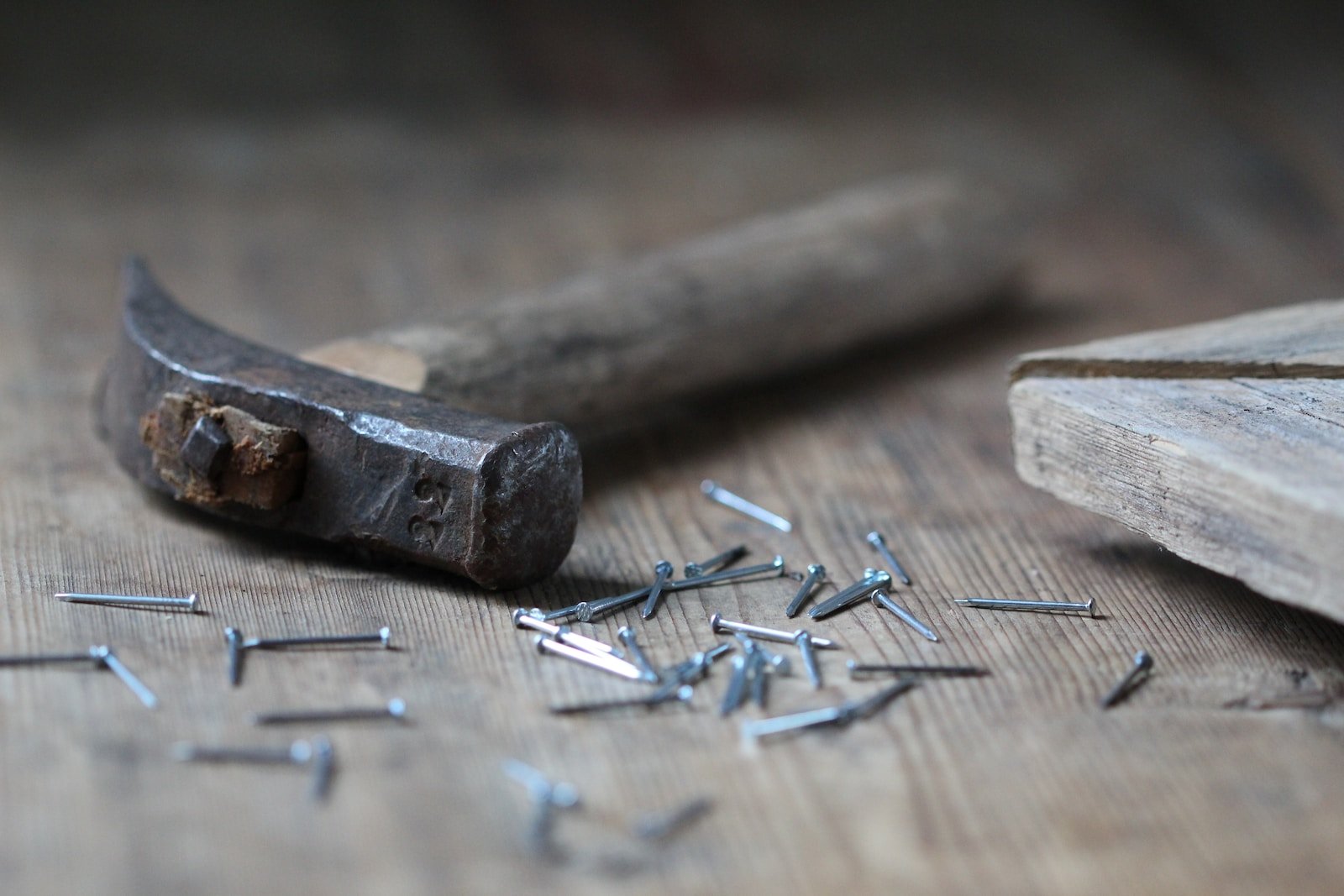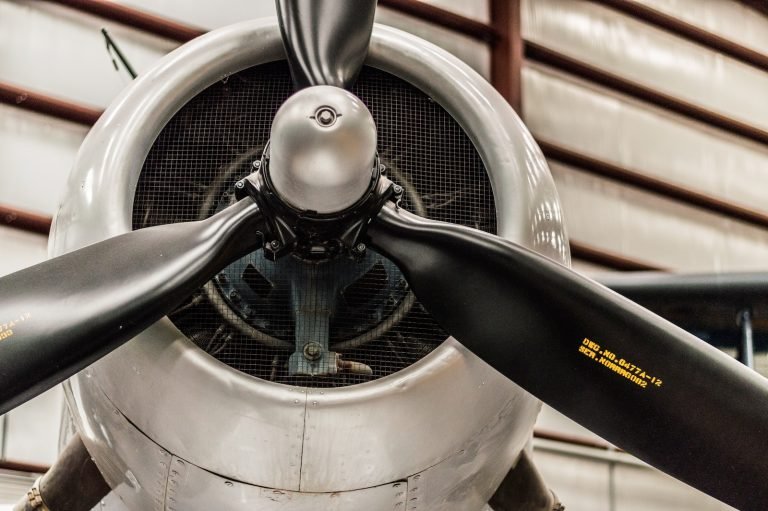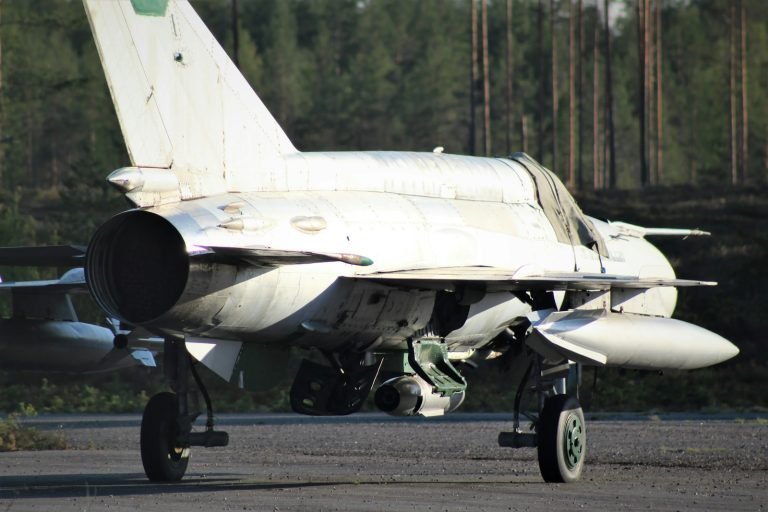The Hidden Costs of Aircraft Repairs: Unveiling the True Financial Impact
The Hidden Costs of Aircraft Repairs: Unveiling the True Financial Impact
Aircraft repairs are an inevitable aspect of the aviation industry, ensuring the safety and reliability of these sophisticated machines. While the visible costs such as direct repair expenses, labor, and replacement part costs are apparent, there’s a labyrinth of hidden costs that often go unnoticed. In this article, we’ll delve into the intricacies of these hidden costs, unraveling the true financial impact they can have on airlines and operators.
I. Introduction
A. Brief Overview of Aircraft Repairs
Aircraft repairs are not just routine maintenance tasks; they involve intricate processes that demand time and resources. Ensuring the airworthiness of an aircraft is a top priority, but the financial implications extend far beyond the surface.
B. Importance of Understanding Hidden Costs
Many industry players focus solely on the visible costs associated with repairs, underestimating the long-term financial repercussions of hidden expenses. It’s crucial to bring awareness to these hidden costs and adopt proactive measures to mitigate their impact.
II. Visible Costs of Aircraft Repairs
A. Direct Repair Expenses
The primary visible cost includes the direct expenses related to repairing damaged components or systems. These costs are often outlined clearly in repair invoices.
B. Maintenance Labor Costs
Human resources play a significant role in aircraft repairs. Maintenance labor costs cover the salaries and wages of technicians and support staff involved in the repair process.
C. Replacement Part Costs
The cost of acquiring and installing replacement parts is another visible aspect of aircraft repairs. Genuine and high-quality parts contribute to the overall safety and reliability of the aircraft.
III. Unseen Costs: Beyond the Surface
A. Downtime Expenses
One of the most significant hidden costs is the downtime an aircraft experiences during repairs. The longer an aircraft is out of service, the more revenue is lost.
B. Impact on Operational Efficiency
Aircraft repairs can disrupt regular operational processes, affecting the overall efficiency of an airline. Delays in schedules and adjustments to accommodate repairs add to the hidden costs.
C. Unforeseen Collateral Damages
Sometimes, repairs can lead to unforeseen damages in other components or systems, increasing the overall repair expenses. These collateral damages are often challenging to predict.
IV. The Domino Effect on Finances
A. Revenue Loss During Repairs
With aircraft grounded for repairs, airlines face a direct impact on their revenue stream. Passenger cancellations and rescheduling contribute to significant financial losses.
B. Increased Insurance Premiums
Frequent or high-cost repairs can lead to increased insurance premiums for the airline. Insurers adjust rates based on the perceived risk associated with the airline’s maintenance history.
C. Diminished Resale Value
Aircraft that undergo extensive repairs may experience a decline in resale value. Prospective buyers often scrutinize the maintenance history, affecting the aircraft’s market value.
V. Navigating the Complex World of Aircraft Repairs
A. Importance of Detailed Inspections
Thorough and regular inspections can uncover potential issues before they escalate into major problems. Investing in comprehensive inspection processes is a proactive approach to mitigate hidden costs.
B. Regular Maintenance Schedules
Adhering to a strict maintenance schedule ensures that repairs are planned, minimizing unexpected downtime and operational disruptions.
C. Collaborating with Expert Technicians
Engaging with skilled and experienced technicians is crucial for effective repairs. Their expertise can identify and address hidden issues, preventing future complications.
VI. Budgeting for the Unpredictable
A. Creating a Comprehensive Repair Budget
Airlines should allocate funds not only for visible repair costs but also for potential hidden expenses. A well-structured budget prepares them for unforeseen challenges.
B. Setting Aside Contingency Funds
Establishing contingency funds within the budget provides a financial safety net for unexpected repairs or additional costs that may arise during the repair process.
C. Evaluating Long-Term Financial Implications
Airlines should consider the long-term financial impact of repairs. Understanding how repairs affect the bottom line helps in making informed decisions.
VII. Technological Solutions to Mitigate Costs
A. Predictive Maintenance Systems
Advanced technologies such as predictive maintenance systems utilize data analytics to predict when components might fail. This proactive approach minimizes downtime and reduces hidden costs.
B. Advanced Diagnostic Tools
Investing in state-of-the-art diagnostic tools allows for precise identification of issues, reducing the chances of collateral damages and additional repair expenses.
C. Automation in Repair Processes
Automation streamlines the repair process, making it more efficient and reducing labor costs. Automated systems can handle routine tasks, freeing up skilled technicians for more complex issues.
VIII. Case Studies: Learning from Real Experiences
A. Examples of Hidden Costs in Aircraft Repairs
Examining real-world examples provides valuable insights into the diverse hidden costs that can arise during aircraft repairs. Case studies highlight the importance of thorough planning and proactive measures.
B. Successful Strategies for Cost Mitigation
Airlines that have effectively navigated the challenges of hidden costs share their strategies. Learning from these successes can guide others in minimizing financial impacts.
IX. Industry Trends and Innovations
A. Evolving Technologies in Aircraft Repairs
The aviation industry is continually evolving, with new technologies emerging to address challenges in aircraft maintenance. Staying abreast of these trends is crucial for cost-effective repairs.
B. Strategies Adopted by Leading Airlines
Leading airlines set benchmarks with their innovative strategies in managing hidden costs. Examining these strategies provides valuable insights for other players in the industry.
X. A Call to Action: Being Proactive
A. Importance of Proactive Maintenance
Emphasizing the significance of proactive maintenance encourages airlines to take preventive measures, reducing the likelihood of unexpected issues and hidden costs.
B. Involving All Stakeholders in the Process
Effective communication and collaboration among all stakeholders, including maintenance teams, pilots, and management, are essential for a holistic approach to minimizing hidden costs.
C. Staying Informed About Industry Changes
The aviation industry is dynamic, with regulations and technologies evolving. Staying informed about these changes allows airlines to adapt and implement cost-effective strategies.
XI. Conclusion
A. Recap of Hidden Costs
Understanding the hidden costs of aircraft repairs is essential for making informed decisions. By acknowledging both visible and hidden expenses, airlines can develop comprehensive strategies for financial sustainability.
B. Encouragement for Proactive Measures
Encouraging proactive measures in aircraft maintenance is vital for long-term success. Investing in preventive technologies and collaborative efforts can significantly reduce the impact of hidden costs.
XII. FAQs
A. How Often Should Aircraft Undergo Maintenance?
Regular maintenance schedules depend on factors such as flight hours, cycles, and the type of aircraft. However, a general guideline is to conduct routine checks every 100 to 150 flight hours.
B. Are All Hidden Costs Avoidable?
While proactive measures can significantly reduce hidden costs, not all are avoidable. However, thorough planning, regular maintenance, and advanced technologies can mitigate their impact.
C. What Role Does Technology Play in Cost Mitigation?
Technology, such as predictive maintenance systems and advanced diagnostics, plays a crucial role in identifying issues early, reducing downtime, and minimizing hidden costs.
D. How Can Airlines Minimize Revenue Loss During Repairs?
Minimizing revenue loss involves efficient scheduling, clear communication with passengers, and offering alternatives like rescheduling or refunds. Proactive maintenance also reduces unplanned downtime.
E. Is It Advisable to Invest in Predictive Maintenance Systems?
Yes, investing in predictive maintenance systems is advisable. These systems help predict when components might fail, allowing for timely preventive measures, reducing repair costs and downtime.






